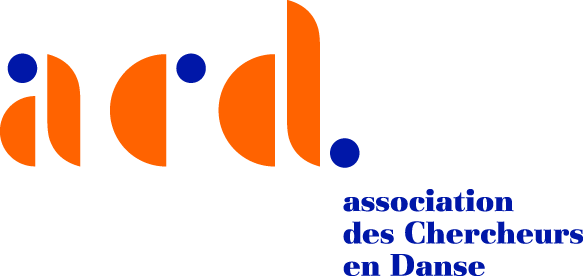Robyn Orlin et Natalie Sebanz
The Conscious Body
Date : Dimanche 6 octobre 2013
Lieu : La Briqueterie à Vitry-sur-Seine
Réservations: Tel. 01 46 86 17 61 / reservation@alabriqueterie.com
Web:
http://theconsciousbody2.wordpress.com/Après une semaine de recherche en résidence à la Briqueterie, un groupe composé de 10 danseurs-performeurs et 10 scientifiques, venus du monde entier et emmenés par Robyn Orlin et Natalie Sebanz, présentera une performance sur la performance, et sur les facteurs cognitifs, émotionnels, physiques et sociaux qui entrent en jeu dans la situation performative et dans notre sens esthétique intuitif.
The Conscious Body vise à dépasser les frontières établies entre « l’art » et « la science » en réunissant des experts de ces différents domaines et en les invitant à partager leur savoir et leurs techniques de recherche autour de questions d’intérêt commun. Le thème de cette année, "la performance et l’art d’être spectateur", aborde des questions telles que la nature de l’empathie, la théorie de l’esprit, l’attention partagée, la compréhension de l’action et la simulation, les pratiques rituelles et la politique du pouvoir.
L’évenement public en lui-même est conçu comme un genre de performance hybride et innovant, combinants des formes de communication et d’interaction "artistiques" et "scientifiques".
Laboratoire Portes ouvertes :
à 14h : Rencontre avec les participants de la résidence
à 17h : Performance sur la performance
Gratuit — réservation recommandée
Chorégraphe majeure de la scène internationale, Robyn Orlin a longtemps été perçue comme l’enfant terrible de la danse sud-africaine. Ici partenaire de Natalie Sebanz, professeur associée au département de sciences cognitives de l’université d’Europe Centrale à Budapest, elle reste convaincue que « l’art ne sert à rien, s’il n’est pas en prise avec le réel ».
The Conscious Body fait partie d’un projet de recherche à plus grand échelle sur la danse et la cognition, Labodanse, soutenu principalement par le Labex Arts-H2H.www.labex-arts-h2h.fr
Réservations : Tel. 01 46 86 17 61 / reservation@alabriqueterie.com
Le laboratoire est gratuit, nous vous recommandons cependant de bien vouloir réserver votre venue. Par téléphone ou par e-mail en mentionnant comme objet « Laboratoire Robin Orlyn » et en indiquant votre nom et le nombre de personnes.
The Conscious Body
La Briqueterie








